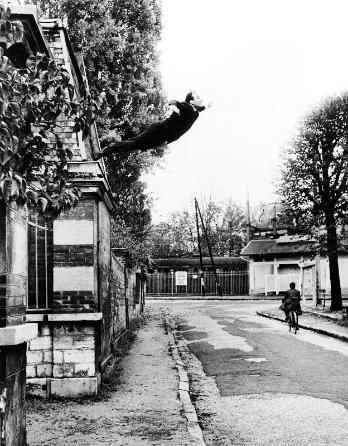In Greek terms, the word “Photography” means “Drawing with Light”.
Aside from that, “Photography” is the practice of when you take photographs using a Camera.
Photography has very deep roots in our history, thanks to photography we can capture a significant thing that had happened in that moment. And it can be used to remember that specific moment, whether it be of a family holiday or a conflicting moment that shocked you and many others.

David Campany:

David Campany was a writer who published a book called “On Photographs” in 2020. It talks a lot about the messages photos hold and how we decipher them. In the book he asks: What shapes our response to photography?, Where does the meaning we ascribe to it come from? And how important to our reading of it are the photographer’s intention?
The Day Nobody Died:

“The Day Nobody Died” was a photograph that was made in Afghanistan in 2008 by Adam Broomberg & Oliver Chanarin. During this time, a war in Afghanistan was happening.
This photo, rather interestingly. Was created on a day when no deaths were reported, meaning no one had died, which is where it gets it’s name from.
Broomberg and Chanarin made this by leaving six metres of photographic paper in the sun for twenty seconds. Being taken in a warzone, this image is said to capture the themes of war, like conflict and suffering. While as no deaths may have happened that day, the fear and the destruction remained.
I believe this fits very well with what Campany said when he asked “What shapes our response with photography?” and even his third question, “How important to our reading of it are the photographer’s intention?” can fit in too.
In general our response to photography is a combination of your own upbringing, culture background and life experiences
Use in response to question about the photographers question
A person who may be viewing this for the first time may think this picture looks very cool and pretty. But when you dig deeper into the origin of this photo you begin to realize that its actually about the very scary and horrifying themes of war. It may change the way you see the photo after.
The second question, “Where does our meaning we ascribe to it come from?” also applies here.
This quote put simply is talking about how photography creates emotions for us. For example, when you know about the picture’s origin you begin to understand that this art piece symbolizes the fighting and destruction of war. You may feel a variety of emotions, an obvious one would be sadness as this photo was taken where people have died, and if you think about it you realize that people had to die for this photo to be taken. Another feeling some people may have could be relief. As this photo was taken when the war was at rest as no one had died during that slight period.
Leap into the Void:

“Leap into the void” is a photograph taken in 1960 by Yves Klein, Harry Shunk and János Kender. It shows a man falling off a ledge and is captured mid fall.
The meaning behind this photo is a “demonstration of freedom and constraint” which is why the man is seen jumping off the ledge, he is almost forgetting the rules of reality and is trying to bend them. There is also a contrast seen here which makes the photo more interesting, with the person seen on the street riding the bike, that person is very different to the leaping man because the person can be viewed in this context as not free and instead obeying reality.
In conclusion, Photography from my point of view, Is a passion you can really invest yourself into. With Photography you can create anything you want, from showing the way you see reality to creating an abstract picture to deceive and confuse people from the real meaning it may hold.
